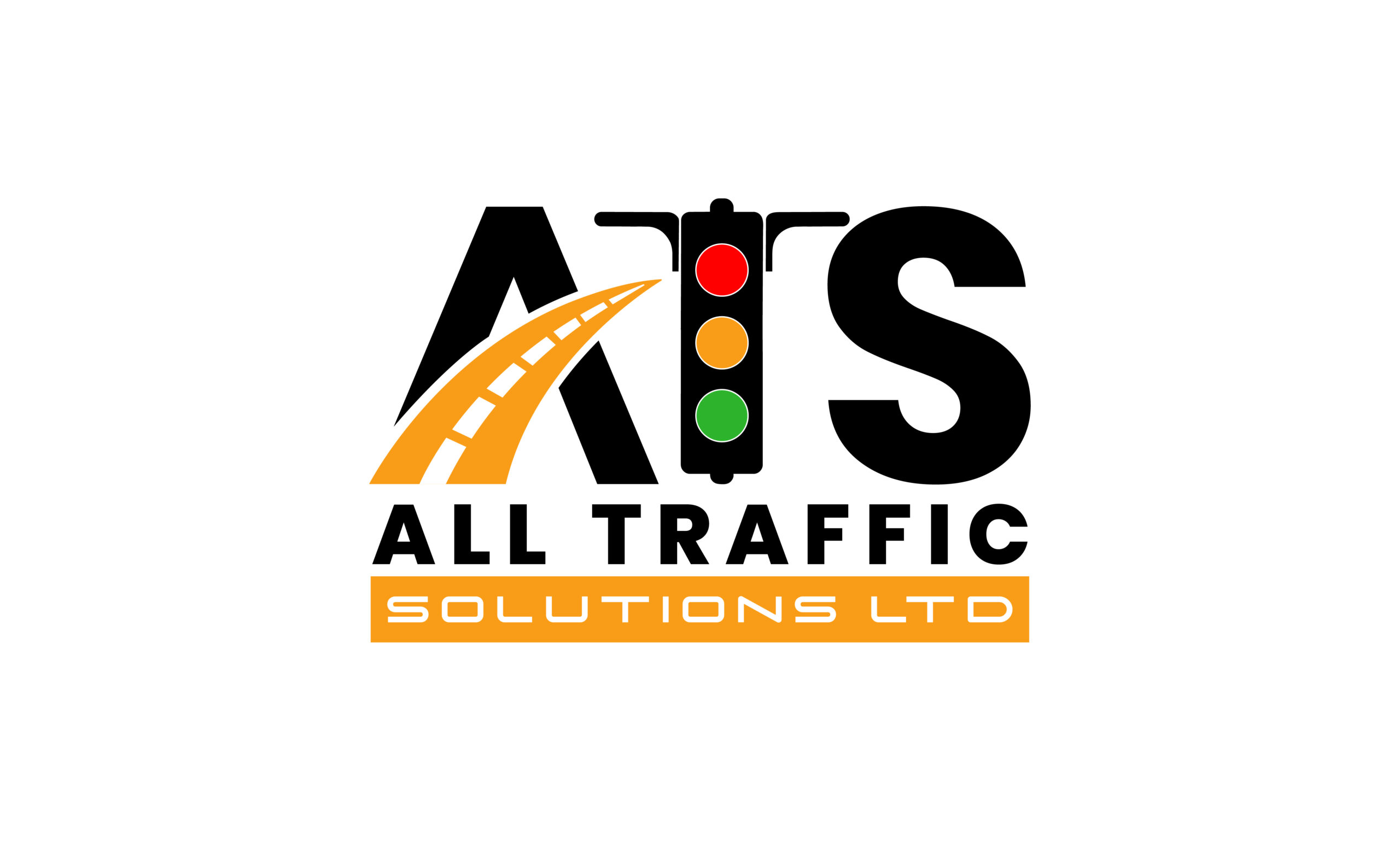Temporary Traffic Management Services
Temporary Traffic Management services are essential for maintaining safety, efficiency, and order on roads, construction sites, event venues and public spaces. These services aim to regulate vehicle and pedestrian movement, minimize congestion and reduce accident risks.
1. Planning & Risk Assessment
– Analyzing traffic flow patterns.
– Identifying potential hazards (accident-prone zones, bottlenecks).
– Developing mitigation strategies.
2. Temporary Traffic Control
– Deployment of traffic signs, cones, barriers, and warning lights.
– Setting up detours and lane diversions near construction zones.
– Utilizing variable message signs (VMS) for real-time alerts.
3. Emergency Response Coordination
– Clearing paths for ambulances, fire trucks, and police during incidents.
– Quick incident reporting and traffic rerouting.
Industries that Benefit from Traffic Management Services
– Road Construction & Maintenance – Worker & driver safety.
– Events & Festivals – Crowd and vehicle flow control.
– Municipalities & Governments – Urban planning & congestion reduction.
– Logistics & Transport – Optimizing delivery routes.
– Private Sector (Malls, Airports, Corporate Campuses) – Smooth operations.
4. Regulations & Compliance
Traffic management must follow local laws such as:
– OSH(Occupational Safety & Health) standards (NZ), NZTA, Local Council.
– New Zealand Guide For Temporary Traffic Management guidelines.
– Local highway & public safety codes for signs, signal placements, and permits.
5. Benefits of Professional Traffic Management
– Enhanced Safety – Reduces accidents, protects workers & pedestrians.
– Efficient Traffic Flow – Prevents unnecessary delays & congestion.
– Legal Compliance – Avoids fines/penalties from regulatory bodies.
– Cost-Effective – Minimizes disruptions, improves productivity.
Effective traffic management services are crucial for modern infrastructure. Whether for construction, events, or municipal planning, professional traffic control ensures smoother, safer, and legally compliant operations.
Our services include:
A temporary traffic control method where a person (a “Stop/Go operative”) manually controls traffic flow using a stop/go sign or paddle. To manage single-lane traffic alternating between directions where one side must wait while the other proceeds.
The full blockage of a road to all traffic (vehicles, cyclists, pedestrians) for a specified period.
– Full Road Closure (no access).
– Partial Closure (local / Residents access only).
The reduction of available lanes (e.g., a 2-lane road dropping to 1 lane) to allocate space for construction, repairs, or merging traffic – Lane Drop.
Shadowing – A vehicle (often with flashing lights) follows a works vehicle at low speed to protect workers or equipment to alert drivers of slow-moving or stationary work vehicles (e.g., street sweepers, pothole repair trucks).
Shoulder closures are to create a safe work area for construction or maintenance crews. A road shoulder is the paved or unpaved area alongside the travel lanes, intended for emergency stops, vehicle breakdowns, or as a buffer zone. By closing the shoulder, workers have additional space to carry out their tasks without the risk of being struck by passing vehicles. This promotes the safety of both workers and road users, reducing the potential for accidents and improving overall work zone safety.



